Feeder cables play a crucial role in the renewable energy revolution by facilitating the transmission of electricity generated from renewable sources to the power grid. As renewable energy sources such as solar and wind power become increasingly prominent, feeder cables enable the efficient and reliable distribution of this clean energy to consumers.
Here are some key points regarding the role of feeder cables in the renewable energy revolution:
Transmission of Power: Feeder cables form an essential part of the transmission infrastructure that connects renewable energy generators, such as solar farms or wind turbines, to the electrical grid. These cables transport the electricity produced by renewable sources from the point of generation to substations and ultimately to homes, businesses, and industries.
Long-Distance Transmission: In many cases, renewable energy projects are located in remote areas with abundant renewable resources, such as deserts for solar energy or offshore locations for wind energy. Feeder cables enable the long-distance transmission of electricity from these remote locations to the areas with high demand, where the energy can be consumed.
High Voltage Transmission: Feeder cables used in renewable energy systems often operate at high voltage levels to minimize power losses during transmission. High-voltage direct current (HVDC) cables are commonly employed for long-distance transmission, as they offer lower losses compared to alternating current (AC) cables. These cables efficiently transport large amounts of renewable energy over significant distances.
Integration of Distributed Generation: Feeder cables also play a role in integrating distributed generation systems, such as rooftop solar panels or small wind turbines, into the existing electrical grid. These cables connect the distributed generation units to the local distribution network, allowing the surplus energy to be supplied to the grid or drawing power from the grid when needed.
Grid Stability and Flexibility: The intermittent nature of renewable energy sources like solar and wind power can introduce fluctuations in the power supply. Feeder cables help in managing this variability by facilitating the integration of energy storage systems, such as batteries, along the transmission route. These storage systems can store excess renewable energy and release it during periods of low generation, thus ensuring grid stability and flexibility.

 ENGLISH
ENGLISH 简体中文
简体中文 GERMAN
GERMAN SPAIN
SPAIN
 +86 181-5747-1135
+86 181-5747-1135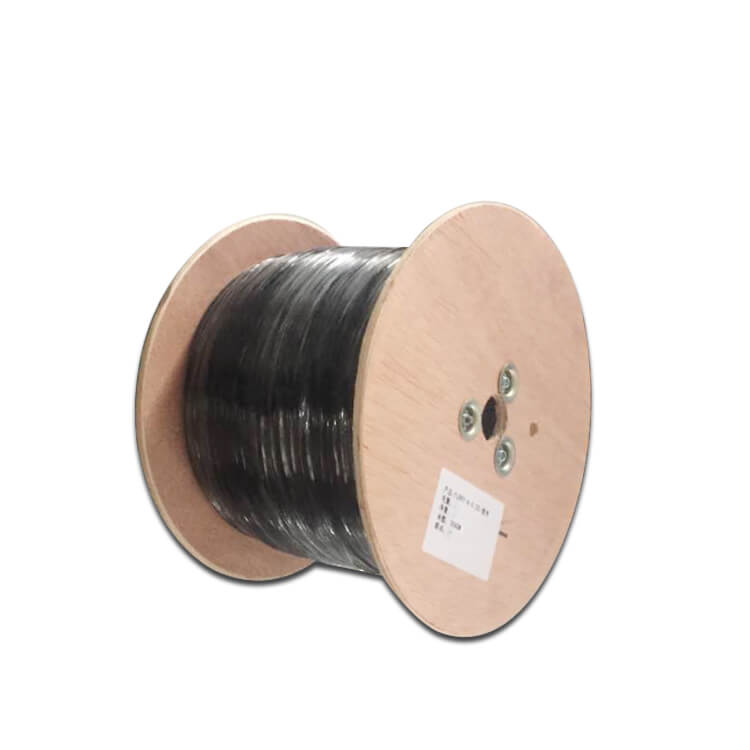
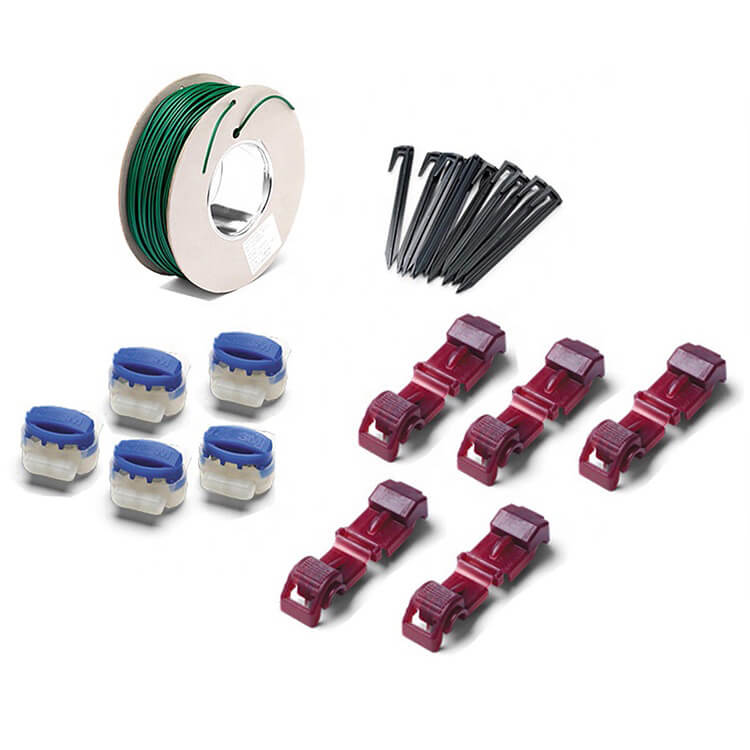
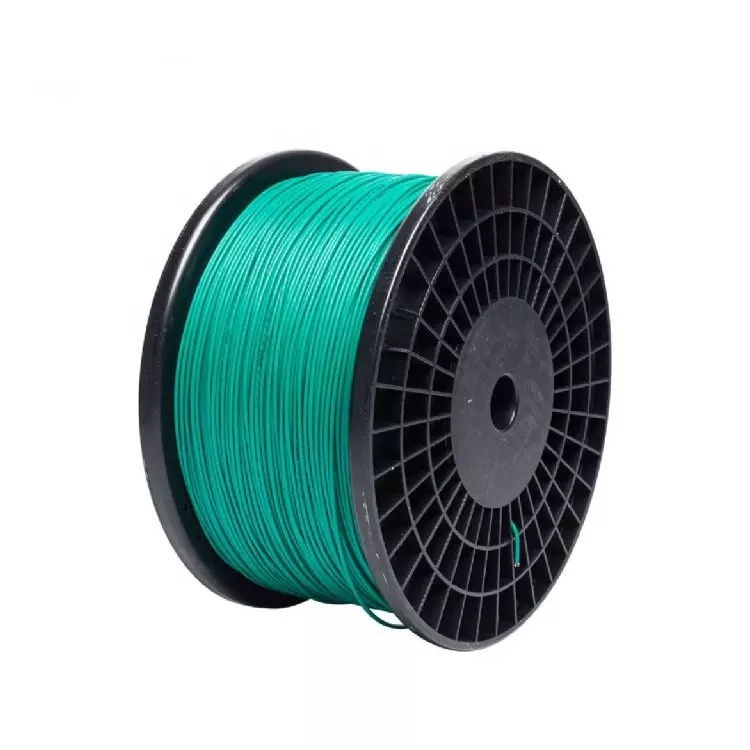
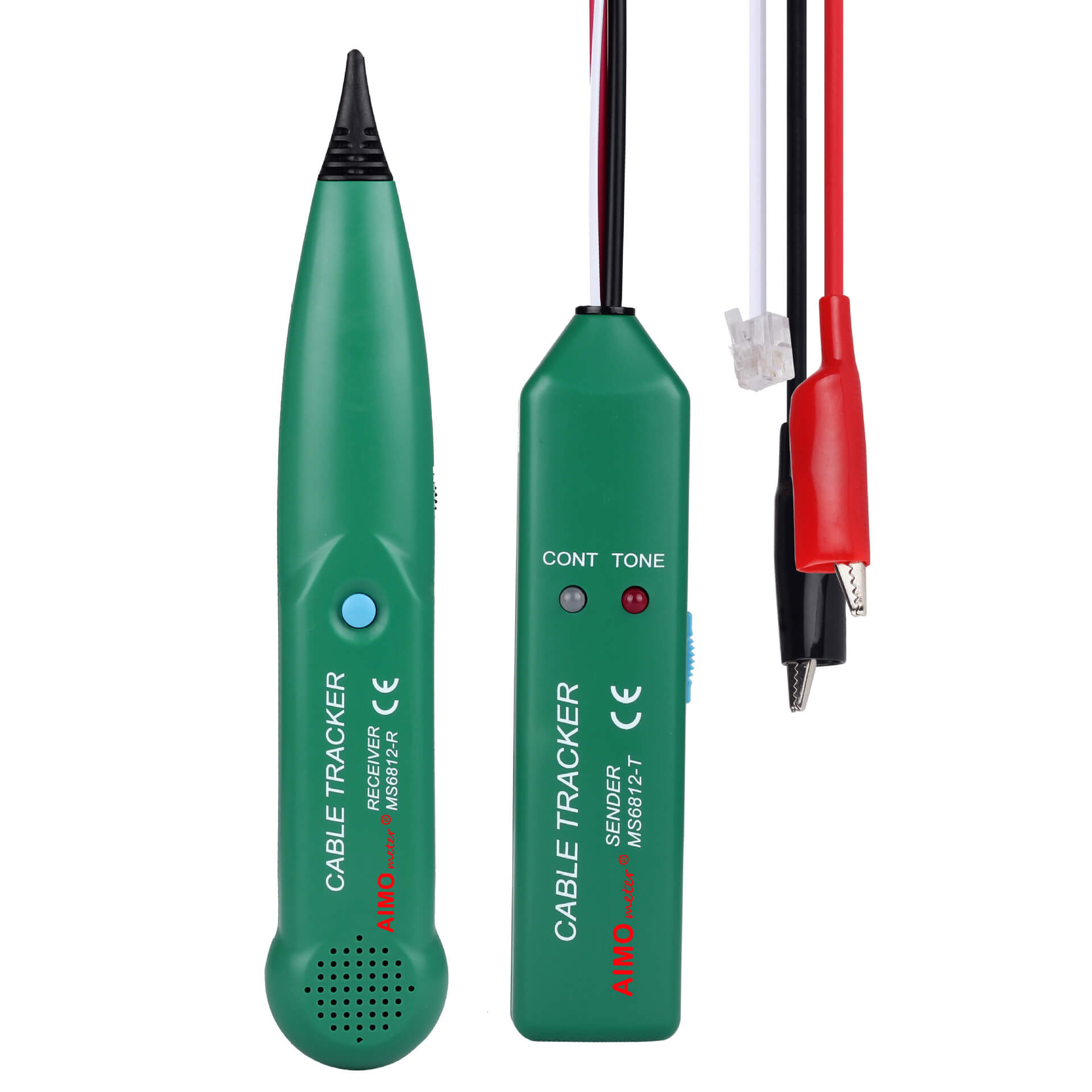


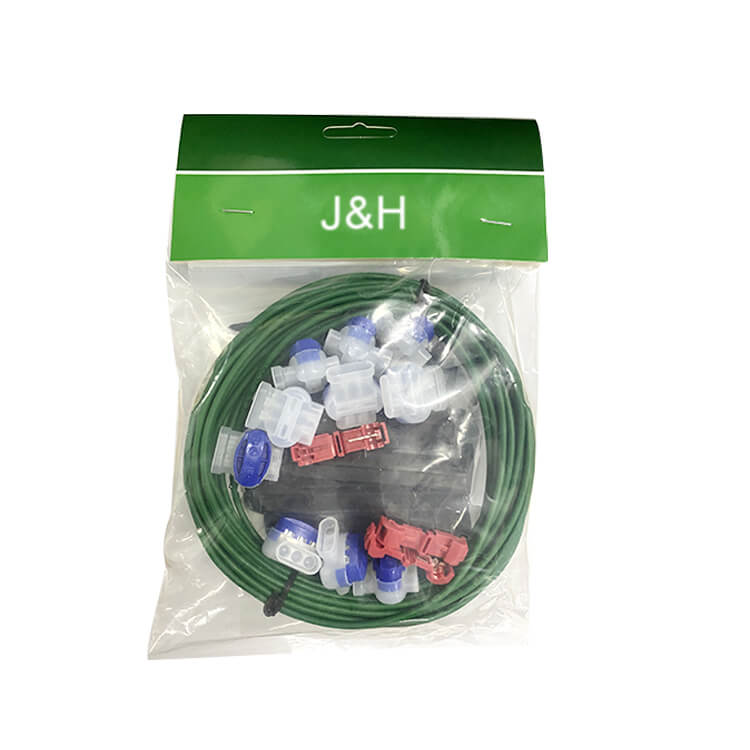
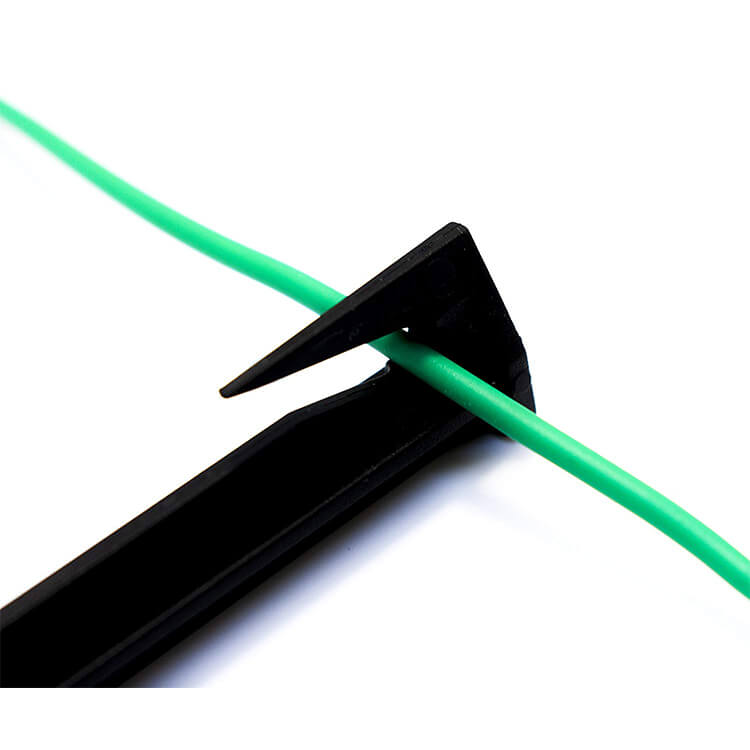
 Abroad:+86 181 5747 1135
Abroad:+86 181 5747 1135 FAX: +86 574 8900 7636
FAX: +86 574 8900 7636 E-mail:
E-mail: 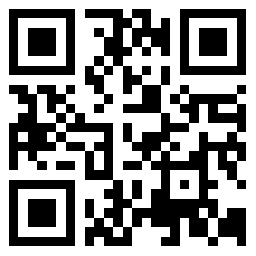

 read the map
read the map

